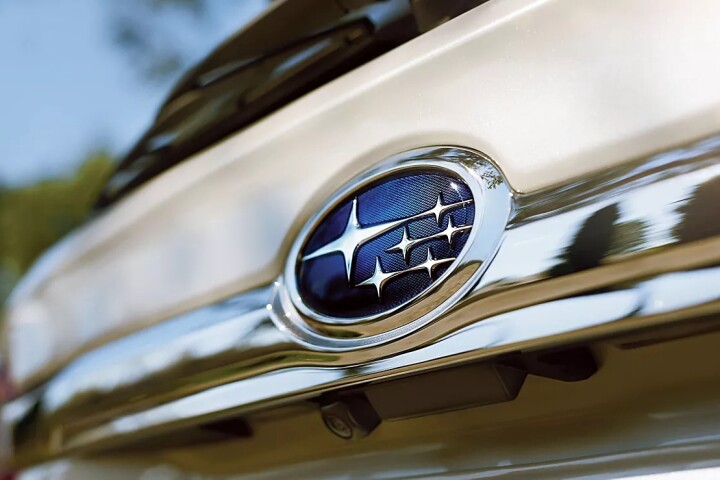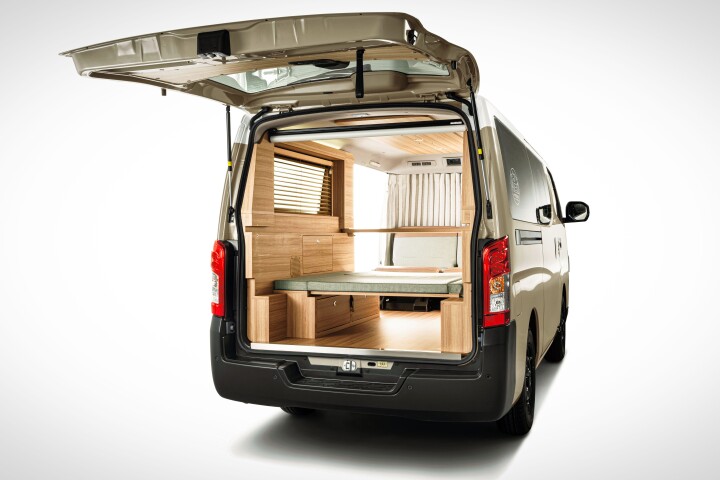Modern aircraft carriers may seem like the bleeding edge of technology, but they still rely on some remarkably low-tech tools to get the job done. To help bring the US Navy into the 21st century, the Office of Naval Research's (ONR) TechSolutions program is sponsoring the development of a digital aid called the Deployable Ship Integration Multitouch System (DSIMS) that will allow aircraft handlers to sort out the best way to use a carrier's flight deck and hangar without relying on a "Ouija board."
Go on the flight deck control center of any aircraft carrier and you'll find what's commonly referred to as the ship's Ouija board. This isn't a wooden board and planchette affair for asking Aunt Aida how she's doing in the hereafter, but a six-foot-long (1.8 m), waist-high, two-dimensional mock up of the carrier's flight deck or hanger bay where the Handler uses little colored wooden or plastic models to figure out how to fit and move about aircraft and other bulky equipment in the confined spaces.
It's a system that's worked very well since it was invented during the Second World War, but it has its disadvantages. For one thing, moving little plastic counters around a toy deck doesn't lend itself very well to unexpected events like a storm or an unannounced VIP visit. This means planning has to be done on the fly and then all the little planes have to put back again when normal operations resume. Worse, by relying on the Ouija board, it's often tricky to share the results of the plans with other departments.

According to ONR, the DSIMS, first developed in 2016, is a mobile software package with a digital, touchscreen displaying a ship's flight deck or hangar bay. Since it's a digital system, it can store work and share data, so all sorts of flight deck situations or "evolutions" can be worked on using fingers or a mouse and the results instantly shared or stored in memory until needed. It's even possible to use special screen modules to handle operations like fueling or maintenance requests that can be stored for briefings or training purposes.
ONR's TechSolutions program plans to deliver prototype DSIMS for testing and evaluation aboard Navy ships and hopes to have it in general deployment in 2018.
"DSIMS allows for planning of future evolutions," says Tim Zieser, an engineer at Naval Air Warfare Center Aircraft Division, Lakehurst, New Jersey. "It also enables aircraft handling officers to create briefs that can be used to inform the chain of command, and train their people before a complex evolution, so everyone is on the same page."
The video below shows the digital interface in action.
Source: ONR









